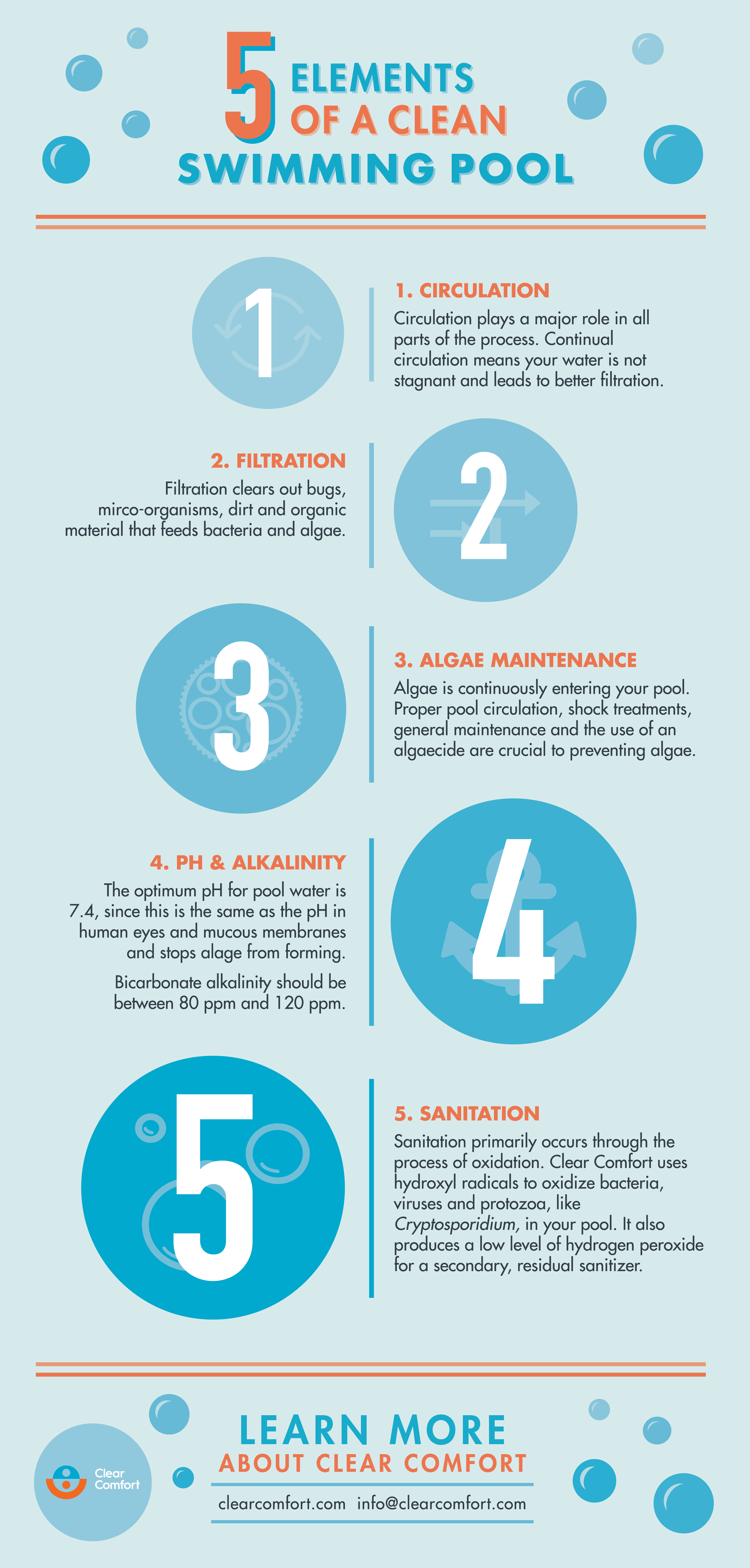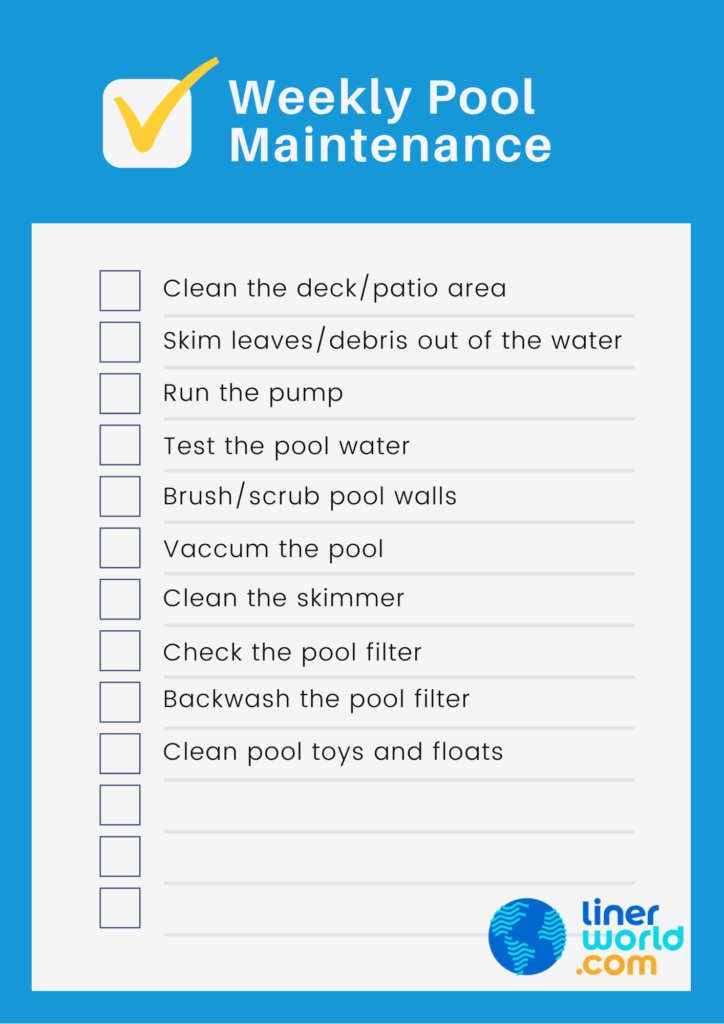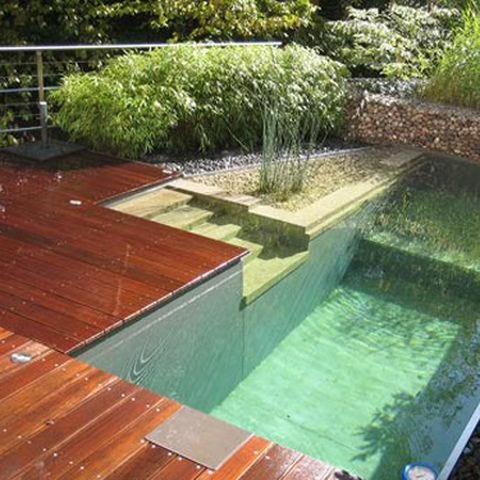Creating a swim pond can beautifully enhance your garden, providing not only a stunning feature but also an environmentally friendly space. Swim ponds merge the allure of a pool with the benefits of a garden, offering homeowners a unique outdoor area that supports biodiversity. These water features can stabilize garden temperatures, reduce frost damage to plants, and allow for year-round enjoyment of your outdoor space. By integrating native plants and thoughtful design, you can create an aquatic landscape that fosters local wildlife while giving you a tranquil place to relax.
Whether you’re interested in aesthetics, ecological benefits, or increasing property value, swim ponds provide a practical solution for the modern gardener. This guide will explore how to design your swim pond effectively, select appropriate plants, and maintain a healthy microclimate that enhances both enjoyment and local ecosystems.
Why Swim Ponds Could Completely Transform Your Garden Experience
Swim ponds offer a distinctive blend of beauty and functionality. Unlike traditional swimming pools that often require chemical maintenance, swim ponds utilize natural filtration methods and native plants to create a sustainable and picturesque environment.
A swim pond functions as a natural swimming area, where water quality is maintained through biofiltration. Its design generally includes a mix of shallow and deep sections, creating diverse ecosystems that enhance both aesthetics and biodiversity. Moreover, these ponds serve to stabilize garden temperatures, minimizing the risk of frost damage to surrounding plants. The combination of water, plants, and landscaping creates a buffer effect, helping to maintain a more stable microclimate than a typical garden.
Real-life examples demonstrate that properties with swim ponds often see increased interest from buyers, leading to potential property value growth of 6-10% in suburban neighborhoods. Beyond aesthetics, swim ponds contribute positively to local ecosystems by providing habitats for various wildlife species.
Source: Good Housekeeping
Unlocking the Secrets of Microclimates with Swim Ponds
Microclimates refer to localized areas with distinct climate conditions that differ from their surroundings. Swim ponds are instrumental in establishing these beneficial zones. By introducing water into your garden, you can regulate temperature, protect plants from frost, and create an inviting atmosphere for outdoor activities.
Swim ponds naturally help create microclimates by absorbing heat during the day and releasing it slowly at night. Moreover, strategic landscaping can significantly enhance the pond’s effectiveness. Planting dense hedges or creating windbreaks helps minimize wind chill, thus maintaining warmer air temperatures.
Innovative techniques can further improve microclimate conditions. For example, solar-heated water circulation systems can increase pond temperatures by 2-3°C, while adding thermal mass elements, like large stones, allows for heat retention. Utilizing these methods allows you to enjoy your garden throughout all seasons while minimizing environmental impact.

Source: Clear Comfort
Choosing the Right Plants for Your Swim Pond Ecosystem
Selecting appropriate native plant species is essential for ensuring effective natural filtration and a healthy ecosystem in your swim pond. Riparian plants, such as Eelgrass and Ludwigia, are particularly efficient, featuring robust root systems that naturally filter the water and absorb nutrients. In addition to improving water quality, these plants serve as attractive garden features.
Floating plants like Duckweed cover the water’s surface, restricting algae growth and providing shade that regulates water temperature. Submerged plants, including Hornwort, oxygenate the water, promoting aquatic life and enhancing the overall ecosystem.
By incorporating a variety of species, such as Yellow Flag Iris and Pickerel Rush, you can achieve both functionality and visual appeal. Choosing native plants suited to your temperate region will attract local wildlife and contribute to a balanced ecosystem, solidifying your swim pond as a vibrant focal point of your garden.

Source: Squarespace
Is a Swim Pond a Worthwhile Investment Exploring Costs and Benefits
Many homeowners wonder if the investment in a swim pond is truly worthwhile. While the initial setup costs can be higher than those of traditional pools, swim ponds typically have lower ongoing maintenance expenses. This is largely due to their reliance on ecological methods to keep the water clean, reducing the need for chemicals and energy consumption.
In fact, research shows that homeowners can recover 50-70% of their investment when selling a home with a swim pond, compared to 50-60% for homes with traditional pools. As buyers increasingly lean towards environmentally sustainable options, properties featuring swim ponds stand out and often sell more quickly.
Additionally, swim ponds not only enhance the garden’s visual appeal but also provide a peaceful environment that increases curb appeal. Thus, they not only reduce maintenance costs but also create a beautiful outdoor living area that adds value to your home.

Source: HomeGuide
Protecting Your Swim Pond Best Practices for Maintenance and Water Quality
Proper maintenance is crucial for keeping your swim pond healthy and enjoyable. Regular care helps ensure high water quality while preventing pest-related issues, such as mosquito infestations.
Start by implementing effective natural filtration methods and selecting the right native plants. Routine water quality tests should be conducted for pH levels, ammonia, and nitrates. Utilizing aeration systems and native plants will help maintain clear water, and employing mosquito control methods, such as Bacillus thuringiensis israelensis (Bti), will mitigate pest problems.
Seasonal care includes clearing debris, trimming aquatic vegetation, and checking plant health. Taking a consistent and proactive approach allows you to enjoy a clean and harmonious swimming environment.

Source: Liner World
Navigating Legal Regulations for Swim Ponds in Your Community
Before beginning your swim pond project, it’s essential to familiarize yourself with local legal regulations and permitting requirements. Each state, county, and municipality may have its own rules, so thorough research is necessary.
In many cases, swim ponds can be classified as swimming pools or landscaping features, which will influence the regulations applicable to them. This classification dictates the necessary permits and safety standards you need to follow, such as fencing rules and acceptable distance from property lines.
For best results, consult with local planning offices and consider hiring professionals who are knowledgeable about local regulations. Doing so will help ensure that your backyard oasis is constructed legally and in compliance with all requirements.

Source: Federal Judicial Center
Innovative Techniques for Year-Round Swim Pond Usability
To maximize the usability of your swim pond throughout the year, consider implementing creative design ideas and heating technologies. Passive solar heating systems can harness solar energy to warm your water, significantly extending the swimming season without increased environmental impact.
Careful landscaping can also contribute to insulation of your pond. Planting windbreaks and integrating thermal masses like large stones help manage temperature fluctuations, creating a comfortable environment.
Furthermore, installing removable enclosures over your pond can help maintain desired temperatures, potentially raising them by several degrees, allowing for swimming well into the cooler months. By adopting these innovative practices, your swim pond can become a year-round retreat for relaxation and enjoyment.

Source: U.S. Department of Energy
Conclusion
Integrating a swim pond into your garden enhances its beauty while supporting the environment and local wildlife. From stabilizing temperatures and reducing frost damage to increasing property value, the benefits are both functional and aesthetic.
Effective design and a thoughtful selection of native plants are vital for creating a sustainable ecosystem that accommodates swimming and encourages beneficial wildlife. By committing to regular maintenance and being aware of local regulations, your swim pond can thrive, offering you a tranquil outdoor environment. Embracing sustainable practices in your garden not only enhances your landscape but also positively impacts the environment. Why not consider diving into the world of swim ponds and enrich your garden today?

